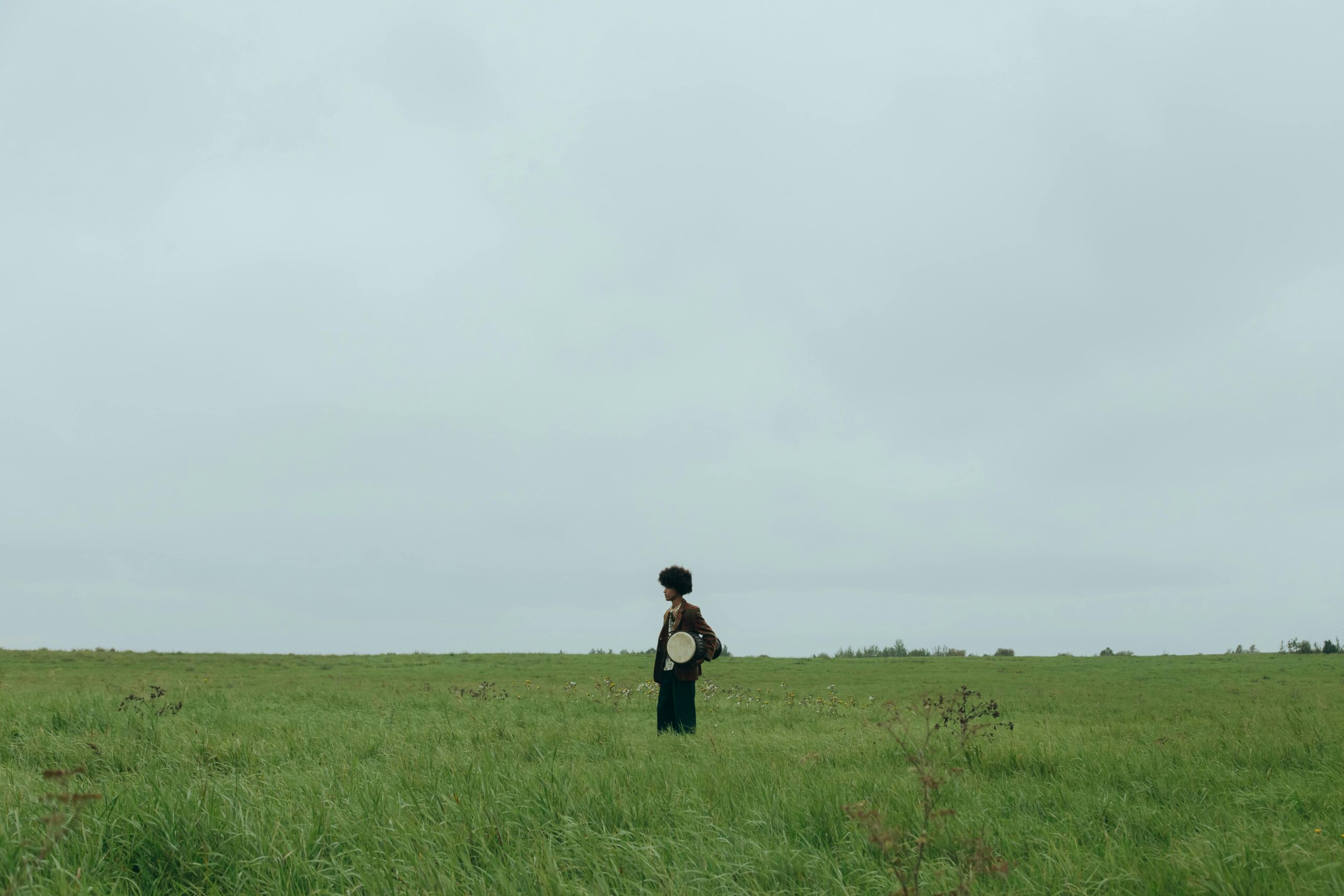Rhythmic Exploration: Improv in Music Across Cultures
Musical Upbringing & Introduction to Improvisation
Learning to play different instruments by exploring unique cultural rhythms has always fascinated me, whether that be through playing violin in middle school, playing bass in high school, or drumming now at Wesleyan. Though I started with traditional genres, such as classical and jazz, I have now had the privilege to expand the scope of my practice to certain cultures: Korean and West African music. I’ve progressed from learning the basics (i.e. notes and scales) to leading difficult parts of a song and improvising. It was during my first bass solo in high school that I had felt the most invigorated so far in my musical involvement. Having the freedom to choose whatever I wanted to play with the support of my bandmates felt liberating and quite cathartic. This process forced me to indulge in the present, focusing on the interplay between my instrument and the others, while letting the rhythms consume me.
First Try at Korean Drumming
However, it was not until this past year when honing in on the specific aforementioned cultural groups that I learned about the complexity and richness of traditional music along with the dynamic nature of improvisation. I had enrolled in an Advanced Korean Drumming course in my junior spring, ready to explore an instrument I had long yearned to learn, but had never been provided the opportunity to play. Upon entering the class, I immediately became captivated by the various Korean drums and the cyclical nature of Korean music, which often repeats certain phrases and alters them with subtle variations. My professor often emphasized how Korean drumming follows beats of 3 rather than the 4 traditional to U.S. culture. This shortly became crucial information when we started integrating improvisation into the songs we had been practicing. The first time I tried improvising in the class, I relied on my current knowledge of music–which I had extracted from my past experiences playing U.S. rhythms–and encountered trouble adapting to the beats my classmates were playing. However, with feedback from my professor to practice the 3-rhythm Korean timestamp, I was able to play according to traditional Korean music elements.
A New Side to Korean Drumming: Soloing
Halfway through the semester, my professor noticed my grasp of such rhythms and the brief beats I would create during transitions or breaks in class. Consequently, she suggested that I solo during one of the songs we had been learning. Though hesitant with how to approach this challenge, I agreed to trying it out. From that moment on, I consistently practiced the improvisation portion more and more each class. I played off my new knowledge of 3-beat rhythms and put my own twist on certain aspects. Experimenting with not only sound, but volume, speed, and pitch, offered me a blank canvas that I could fill however I wanted. Every time I started soloing, I fell into a flow state and felt myself getting lost in the music both physically and mentally. My eyes would even close at parts, as my torso and head moved to the sound of the drum.
Takeaways
Drumming solidified and built upon the internal rhythm skills I had initially acquired from bass, while expanding my understanding of improvisation. I was able to think on my feet and change my playing based on the trajectory of the background music, requiring that I listen to not only my inner voice, but also to those around me. Improvisation and soloing now meant experimenting and experiencing music with a community and taking part in the practice of intentional listening rather than focusing on my own playing.
